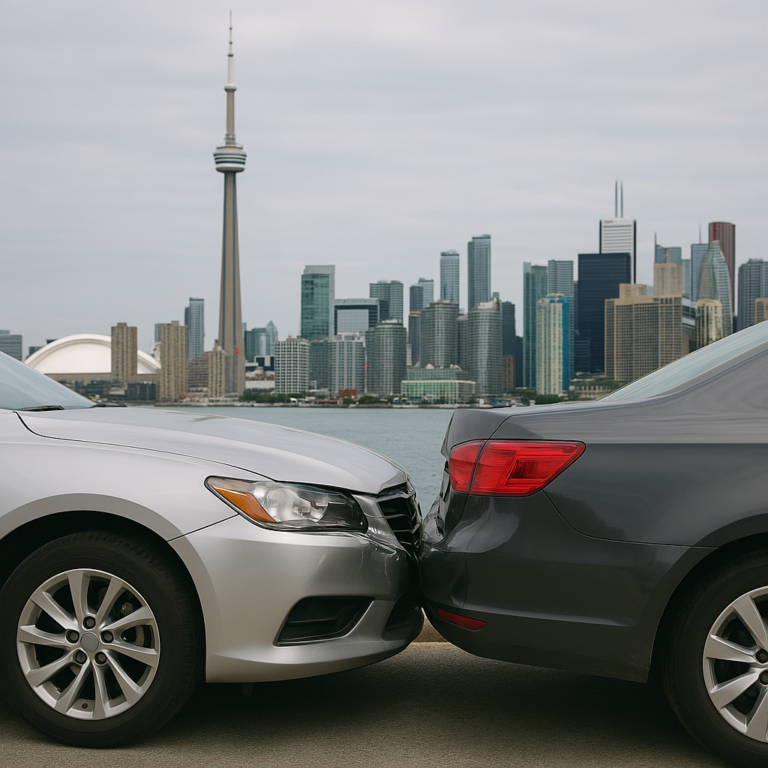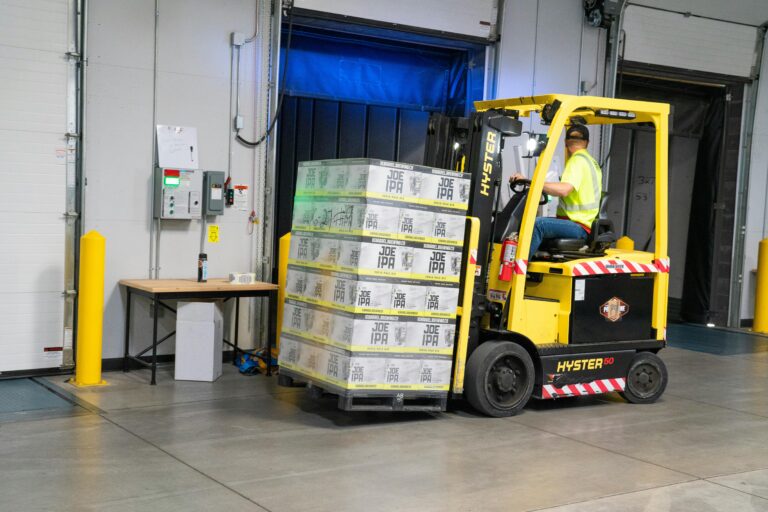Struggling to pick between SEO and PPC for your marketing strategy? Both can boost traffic, but they work in different ways. This post will help you compare their costs, speed, and long-term value.
Keep reading to find the best fit for your goals!
Key Features of SEO
SEO builds steady, organic traffic over time. It helps improve search engine rankings with strong content and website optimization.
Long-term growth and sustainability
SEO helps businesses grow over time. It improves search engine rankings and drives organic traffic. Unlike paid ads, SEO builds sustainable traffic without repeated costs per click (CPC).
This method takes 3-6 months or more to show strong results but can deliver over 5X ROI compared to PPC. On-page optimization and content creation play big roles in creating steady growth.
Tools like keyword research help target competitive keywords for better rankings.
“SEO is a marathon, not a sprint—patience pays off with lasting returns.”
Consulting a digital marketing expert can make a significant difference in SEO success. Experts analyze website performance, optimize content strategies, and implement the latest SEO techniques to boost rankings effectively. Once established, organic search results bring continuous visitors without extra ad spend. Organic visibility strengthens brand authority on search engines like Google and Bing. As a long-term digital marketing strategy, it supports both cost savings and trust among users.
Companies investing in quality technical SEO build websites that last and keep performing well on SERPs year after year.
Lower ongoing costs
SEO has lower ongoing costs after the initial setup. Content creation, on-page optimization, and keyword research cost more at first but require less spending over time. Unlike pay-per-click (PPC) advertising or Google Ads, organic traffic doesn’t rely on constant ad spend to stay visible.
Search engine optimization delivers sustainable traffic without paying for clicks. This means businesses can save money while improving search engine rankings and targeting long-tail keywords for free once content is live.
Conversions from organic traffic also average 2.35%, boosting ROI with minimal recurring expenses compared to PPC campaigns.
Key Features of PPC
PPC delivers quick results, making it perfect for short-term goals. It lets advertisers control budgets and target specific groups easily.
Instant traffic generation
PPC (pay-per-click) ads send traffic to websites fast. Google Ads or Bing Ads display your site at the top of search engine results pages (SERPs). Paid traffic begins as soon as an ad campaign runs.
Advertisers see click-through rates (CTR) rise quickly, often within hours.
Conversion rates for PPC average 4-6%. These ads help businesses target specific audiences with keywords and display ads on social media platforms like Instagram or YouTube. This instant boost makes PPC a smart choice for short-term marketing goals or time-sensitive campaigns.
Next, explore how flexible budget control works in PPC strategies…
Flexible budget control
PPC allows marketers to set daily spending limits. This control helps adjust ad spend based on marketing goals. Businesses can increase or reduce costs depending on campaign performance.
Still, high competition raises expenses fast. The average cost-per-click (CPC) for Google Ads is $2.69. Some industries pay over $50 per click, making careful budget planning essential for better ROI.
Comparing ROI: SEO vs. PPC
ROI depends on your goals and timeline. SEO grows value over time, while PPC offers quick results but higher costs upfront.
Cost-effectiveness over time
SEO offers sustainable traffic that grows over time. Once rankings improve through search engine optimization and content creation, organic search results bring in visitors without extra costs.
Unlike PPC, SEO doesn’t require constant ad spend. This makes it cost-effective for long-term growth.
PPC works faster but stops once ads end. Paid advertising like Google Ads demands ongoing investments and higher CPC for competitive keywords. While effective short-term, it can get expensive over time if campaigns lack proper A/B testing or audience targeting…
Next, focus shifts to the speed of results and scalability.
Speed of results and scalability
PPC provides fast results. Google Ads or other pay-per-click advertising platforms can send traffic within hours of setting up. This is great for short-term goals or quick campaign launches.
But it depends on continuous ad spend to keep the pace.
SEO works slower but scales better over time. With consistent effort in content creation, keyword research, and technical SEO, organic search rankings improve steadily. Sustainable traffic from organic search results grows without extra costs per click.
When to Use SEO
Use SEO for steady website traffic without constant spending. Build trust with users through strong organic search rankings.
Focus on organic growth
Organic growth builds traffic without paying for every click. It works through search engine optimization (SEO), like on-page optimization and creating valuable content. SEO improves organic rankings, leading to more clicks from search engine results pages (SERPs).
For example, the top organic spot gets an average click-through rate (CTR) of 28.5%. This saves money compared to pay-per-click advertising (PPC).
Content marketing helps drive sustainable traffic over time. By targeting long-tail keywords, you increase chances of ranking higher for competitive terms. Link building and technical SEO improve search engine rankings further.
Organic traffic is consistent and grows your brand authority in the long run.
Building long-term brand authority
Creating strong brand authority takes time. SEO (search engine optimization) helps by building organic traffic through quality content creation and on-page optimization. High search engine rankings make your brand seem trustworthy.
Over 70% of users trust organic search results more than paid ads, boosting CTR and conversions.
Content marketing strengthens your presence. Sharing helpful blogs, targeting long-tail keywords, and improving website optimization increase visibility in search engine results pages (SERPs).
Trusted brands rank higher in competitive fields, ensuring sustainable traffic for years to come without relying on high ad spend or pay-per-click advertising campaigns.
When to Use PPC
Use PPC to get quick results for your ads. It works well when you’re targeting a specific group with detailed criteria.
Immediate visibility for campaigns
PPC (pay-per-click) advertising gives fast results. Ads appear at the top of search engine results pages (SERPs) right after launching. Google Ads can drive traffic instantly, making it perfect for short-term goals or special events.
This strategy targets specific audiences with precision. Tools like audience segmentation and a/b testing refine campaigns. Yet, risks like click fraud from competitors or bots may increase ad spend without real conversions.
Targeting specific audiences
Google Ads allows businesses to target specific groups easily. You can filter by age, location, interests, or behavior. This ensures your ad reaches the right people at the right time.
Paid advertising works well here—it’s precise and effective.
Displayed ads convert at a rate of 4-6%. That means more clicks and sales from targeted users. A/B testing improves results further by identifying what resonates most with an audience.
Using long-tail keywords also helps attract niche groups searching for specific terms online.
Conclusion
SEO works best for long-term growth and steady traffic. PPC is ideal for fast results and focused campaigns. Together, they can boost your digital strategy. Match your choice to your goals and budget.
Both tools can deliver strong ROI if used wisely.





